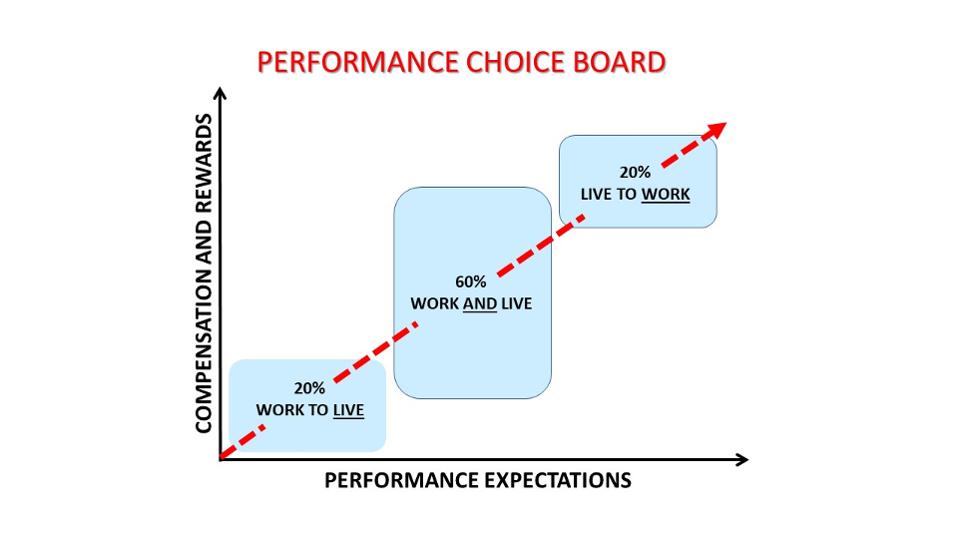Working remotely is not a new concept. Many industries and companies have been successfully practicing it for years, with much success and increased productivity. In fact, remote working has been part of Stableford’s culture since we started. But even with that advantage, there has never been a time when so many people are working remotely at once. This has really challenged the financial firm performance management model in interesting ways. And with no clear end in sight, we’re all learning how to adjust to managing and motivating advisors from a far.
The Shift in Financial Firm Performance Management
 The transition to a fully remote workforce is bumpy; if you are expecting it to be anything less you are setting yourself up for disappointment and frustration. Accepting this reality allows you to move forward with eyes open.
The transition to a fully remote workforce is bumpy; if you are expecting it to be anything less you are setting yourself up for disappointment and frustration. Accepting this reality allows you to move forward with eyes open.
One of the biggest remote working challenges that leaders are having when it comes to financial firm performance management is the loss of control. As a people manager, how do you manage who you don’t see?
The good news is that studies like this one from Harvard Business School show that productivity can actually increase despite the lack of face time.
That doesn’t mean disappear, though. At Stableford we have structured, daily check-ins with each other and as a group. This keeps communication and collaboration going. We all know that we have a set time to consult with each other and ask questions. We also find time to poke fun at each other, which keeps our camaraderie and morale high, too.
Maintaining Motivation and Focus While Working Remotely
Another challenge that has been brought to the surface during the COVID-19 pandemic is how people work from home when everyone else in the household is also home. There are two issues at play here: focus and technology. How do you stay present on a video call when your children are having recess in the other room, or are on their own video call in a virtual classroom?
Regarding focus and timing, this just takes practice and cooperation. Since Stableford leaders are used to working remotely, at least some times, this is something we’ve all worked at. We’ve set schedules and communicated that with each other and our households. However, we pride ourselves on being highly responsive, so we’ve also learned to be flexible with when we can have calls and what we might hear in the background if we need to speak at other times (children, especially babies, know no schedules).
Manage Distractions: Turn Them into Ways to Connect
 Our biggest lesson here is to expect distractions. Remember the BBC News interview that went viral when children interrupted?
Our biggest lesson here is to expect distractions. Remember the BBC News interview that went viral when children interrupted?
Distractions are inherent in any remote working environment (and even in an office building), but especially when under stay at home orders. They happen to everyone. Be understanding. Encourage your employees to learn how to handle the distractions and carry on.
Distractions can have an upside too. Video conferencing has a new way of connecting us. Nikki Sutcliffe from our leadership team has a young daughter that she introduced to a client and his child during a recent call. It was a much more human interaction based on shared experiences that will likely serve to deepen the relationship with that client – and it was one that would likely not have happened previously.
What About the Tech?
At Stableford, our secure platforms were set up in advance of this current crisis. We already had looked at technology and how to leverage it to our advantage. One of the reasons – which also turned out to be a key benefit for clients as networks become overloaded, is that our Leadership group are in different locations. That means that if there are connectivity issues, we can stay operational.
For others trying to get up and running, first, make sure you and your employees have a variety of communication technology options. Phone, email, and instant message apps are great for quick, responsive communication. Make sure to address security protocols.
Video conferencing is ideal for presentations, as you can share screens and increase comprehension, plus pick up on visual cues that would be missed otherwise. And there is something about seeing who you are speaking with that makes the interaction feel more personal, which can then make the content resonate more.
How to Manage Performance Choices While Working Remotely
 Managers want maximum performance from workers, while workers want (or need) flexibility and freedom. So balance both with a Performance Choice Board (PCB).
Managers want maximum performance from workers, while workers want (or need) flexibility and freedom. So balance both with a Performance Choice Board (PCB).
According to the Pareto Principle (or 80/20 Rule), 20% of the workforce are responsible for 80% of the results. The PCB uses this principle to your advantage as a manager by creating individualized contracts in which workers are compensated based on their choice of how much they want to work. Higher performers are compensated higher and the results are roughly the same.
A couple of key points in managing under a PCB:
1. Clear communication is essential. Outline what performance looks like at every level, what the goals are, and what the compensation is.
2. Goals must be measurable.
3. Review progress regularly, then support employees who need (and ask for) help.
4. Make the choices fluid. An employee should feel like he or she can step up to the top 20%, or likewise, step down to the lower level if necessary.
While PCB management typically applies to larger workforces and financial firms, the same concept can apply to smaller offices.
Supporting Remote Workers
 Remote workers need just as much support as in-person workers. The logistics of how you offer that support may change, but ensure the support is readily available and even offer it. Ask how the remote working is going for your employees. Listen, emote empathy, and do your best to help address any issues. Possibly pose the issue to a group and see if anyone else has the same concerns or has come up with a solution that works for him or her. This method of problem-solving has become a regular part of our Stableford calls.
Remote workers need just as much support as in-person workers. The logistics of how you offer that support may change, but ensure the support is readily available and even offer it. Ask how the remote working is going for your employees. Listen, emote empathy, and do your best to help address any issues. Possibly pose the issue to a group and see if anyone else has the same concerns or has come up with a solution that works for him or her. This method of problem-solving has become a regular part of our Stableford calls.
Leadership Matters
In times like these, it’s especially important for leaders to step up. Your employees look to you for your reaction to changes or crises and they react accordingly (the trickle-down effect).
If you are stressed and worried, they will be, too. However, if you are staying calm, collected, and confident, they’ll likely take on that attitude, as well. Don’t be afraid to throw some pep talk into meetings. “We got this” and “we can handle this” can go a long way in helping employees band together, focus, and feel purposeful.
While we’ve all been thrust into the working remotely world – whether we were in favor or not, there are indications that it will be part of our new working norm. At Stableford, we’ve learned how to conduct phone calls on the fly and with a little background noise. And that some tasks can be completed during odd hours. We’ve found that staying flexible while maintaining communication has been key, but we know there are other approaches, too.
As business owners and/or employees, what have you struggled with? What is a strategy that you’ve had success with? We welcome your thoughts, ideas, and collaboration, and certainly share in your inevitable frustrations! Challenges just make us better every day. Contact us online or call 480.493.2300.
